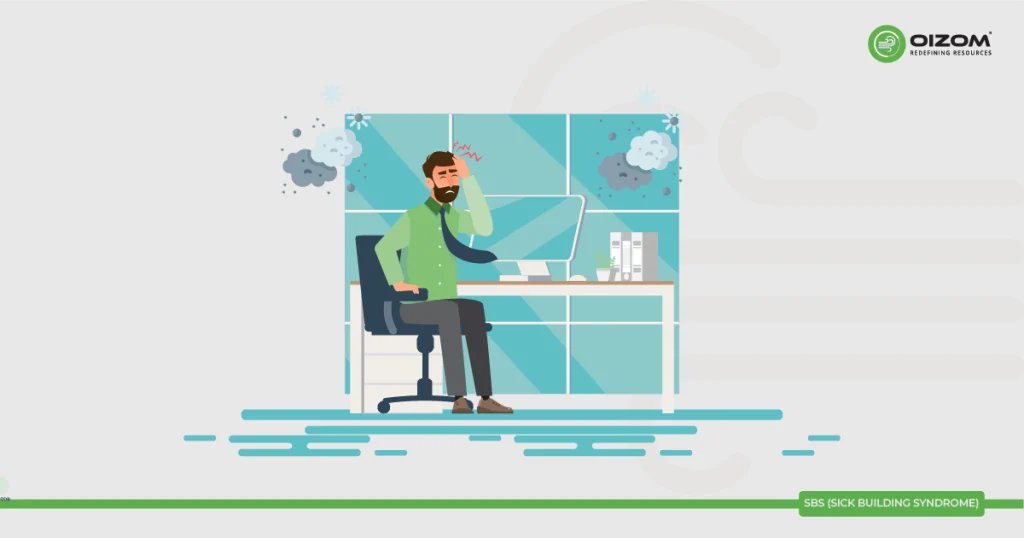Find the terms by letter
SBS (Sick Building Syndrome)
Definition
The term “sick building syndrome” (SBS) is used to describe situations in which building occupants experience acute health and comfort effects that appear to be linked to time spent in a building, but no specific illness or cause can be identified. The complaints may be localized in a particular room or zone, or may be widespread throughout the building.
Definition and Description
Sick Building Syndrome (SBS) is a term used to describe a range of non-specific and often unexplained health symptoms that individuals experience when spending time in a particular building or indoor environment. These symptoms are typically associated with the time spent inside the building and tend to improve or disappear when individuals leave the premises. SBS can manifest as various discomforts, including headaches, eye and throat irritation, coughing, sneezing, fatigue, and skin rashes, among others. The precise cause of Sick Building Syndrome is often challenging to pinpoint, but it is thought to be related to indoor environmental factors, such as poor ventilation, inadequate air quality, high levels of indoor pollutants, and factors like temperature and humidity. Building occupants who work or reside in spaces with inadequate indoor air quality may experience SBS symptoms. Improving ventilation, addressing potential pollutant sources, and maintaining proper indoor environmental conditions are common strategies to mitigate Sick Building Syndrome.



